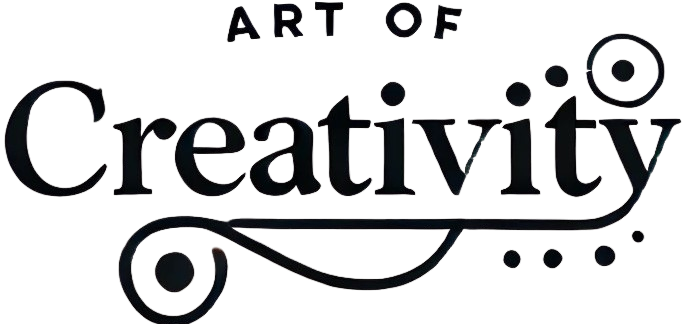Salsa vs Bachata: What’s the Difference?

Both salsa and bachata are popular Latin dance forms. Salsa is more popular and well-known across the world. But more and more people are also opening up to the graceful world of bachata. Many people who learn salsa also take to bachata. Once you are introduced to the world of Latin dancing, it is tough to stay away. Whether it’s bachata classes in Miami or salsa dance lessons in New York; learning both can be fun.
Here are the differences between salsa and bachata.
Pace
Salsa is more fast-paced and energetic than bachata. The latter is slower. Salsa tempo can be in the range of 150 bpm to more than 250 bpm.
Both are considered quite sexy. But bachata is considered more romantic due to its slower pace. The pace of salsa is faster as it involves quick turns; usually one right after the other. Bachata has more dips and dancers dance closer to each other.
Music
Given the pace, the music for salsa dance is faster than bachata music. Even though both dance forms use music in a set timing of 4/4. Salsa music generally has more beats. The music for salsa helps dancers to incorporate flirty and sexy moves. Bachata music is perfect to set a romantic and sensuous pace.
Salsa music incorporates bongo drums, cow bells, and trumpets. It contains distinct beats such as tumbao and clave. Guitar sounds dominate most bachata music. Nowadays guitar in bachata music is also replaced with sounds from synthesizers.
Steps
Both salsa and bachata have distinct dance steps that distinguish the two. One common salsa step involves moving backward and forward. Forward, backward, and backward is one common salsa step and vice versa. So, there is a total of six steps and eight beats. The 8th and the 4th beats are for pauses.
Bachata involves side movements; such as three steps in one direction, foot tap, and then three steps in the opposite sideways direction followed by another tap. The tapping action can involve hip lifts and other sensual steps. Instead of pauses, bachata uses taps after every third beat.
Salsa involves lots of quick footwork and turns. Bachata involves more movements with the upper body. Salsa also incorporates shimmies and shoulder shrugs. You will see more dips, body rolls, and sideways hip movements in bachata. Bachata is mostly about hip movements than other movements.
Salsa is danced with some distance between partners. In salsa dancing, partners keep turning and twirling away from each other and coming together. The hand movements also help keep some distance between the two. Usually, bachata is danced more closely together. But it is not a given. You can still dance the bachata with some distance between partners. Many instructors teach the bachata where partners are actually not dancing very close to each other.
Salsa dancing steps involve the lead using arms to indicate to their partner were to follow. Dancers may hold one or both hands. In bachata, the lead may decide if the dancing will be open or close. It can depend on the music and its interpretation.
Styles
Both salsa and bachata have evolved to have many different styles. Popular salsa styles are Miami salsa, Cuban salsa, Columbian style, Afro-Latino, and la salsa.
Popular bachata styles are tango bachata, modern bachata, modern bachata, bachata sensual, traditional style, and the original Dominican style.
Bachata is more intimate than salsa. Usually, it is danced by partners who know each other due to its intimate steps. But it is not always so. It can depend on the comfort level of any two bachata dancers. Salsa is more mainstream as it can be comfortably performed by partners who are strangers to each other. The lack of very close proximity makes it easier to dance salsa anywhere. But again, this is not the norm; just a more common trend.
Salsa is sensual but not very intimate; making it more popular in clubs. Bachata is more intimate than the two and hence, it is less popular than salsa in comparison.
But regardless of these differences, whether you take salsa or Bachata Classes in Miami or anywhere in the world, you can have great fun.

